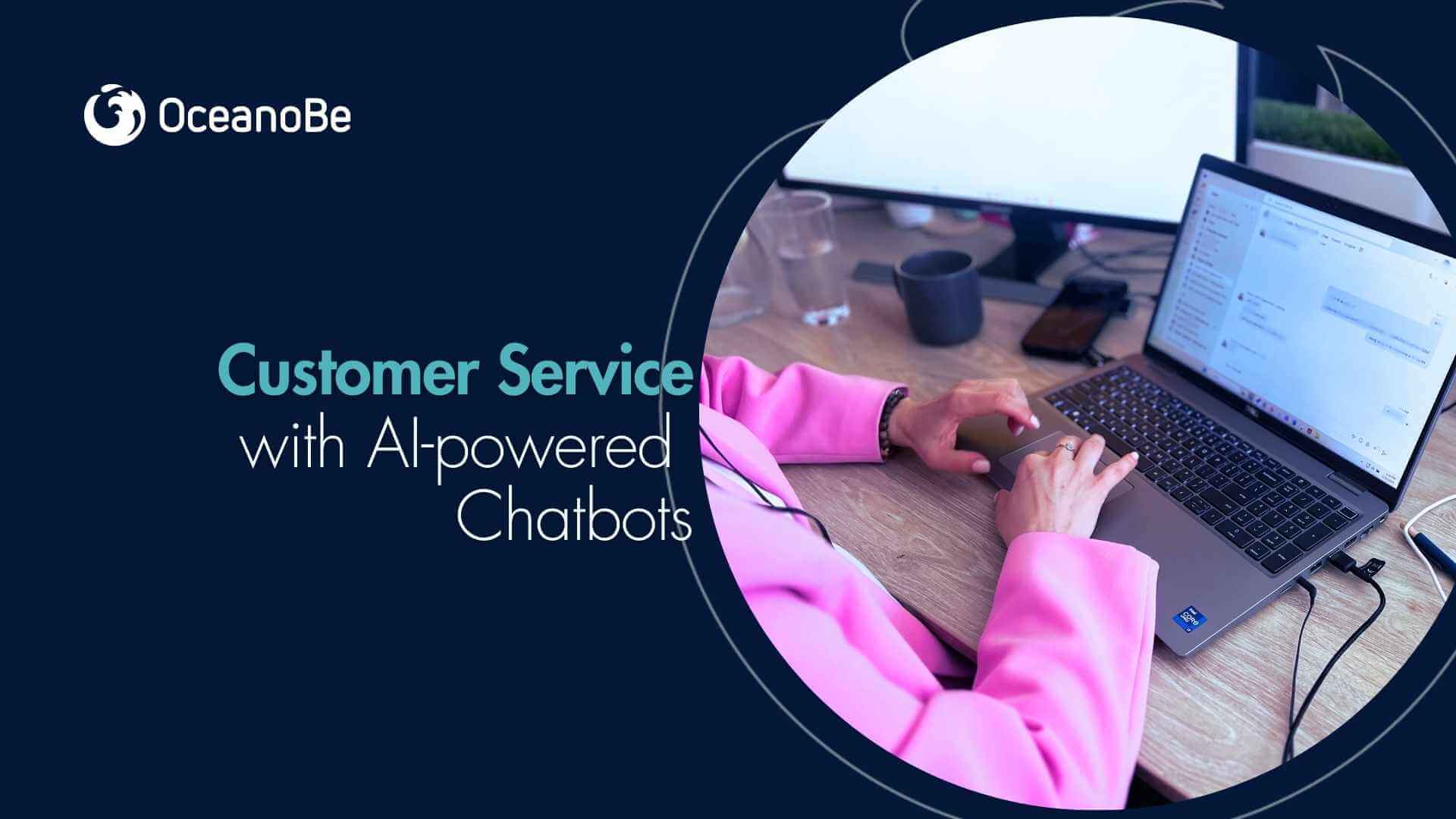Customer Service with AI-Powered Chatbots
Enhancing Customer Service in Financial Institutions
Enhancing Customer Service in Financial Institutions

AI-powered chatbots are redefining customer service in financial institutions. From instant account inquiries to proactive fraud alerts, they blend speed, personalization, and security like never before.
Instant, personalized service has become a baseline expectation. AI-powered chatbots are transforming how financial institutions interact with customers. From handling basic account queries to guiding users through complex loan applications, chatbots powered by Artificial Intelligence (AI) are not just a customer service tool—they are becoming a core part of the digital banking experience.
This article explores the implementation strategies, benefits, and impact of AI-driven chatbots in banking, with a focus on improving both customer satisfaction and operational efficiency.
Banks and fintech companies operate in high-volume, highly regulated environments. Customers expect quick responses—whether they are checking balances, disputing a charge, or seeking mortgage advice. Traditional customer service channels, such as call centers and email support, often cannot scale efficiently without significant cost increases.
AI chatbots solve this challenge by:
Deploying a chatbot in a regulated environment like banking requires more than simply plugging into an off-the-shelf AI engine. Key steps include:
Start by mapping high-volume customer interactions that can be automated without compromising security or compliance. Examples include balance inquiries, transaction history requests, card activation, and fraud reporting.
For real value, chatbots must connect securely to core banking APIs, CRM platforms, and payment gateways. This ensures customers receive real-time information instead of generic responses.
Chatbots handling financial data must comply with PCI DSS (Payment Card Industry Data Security Standard), GDPR (General Data Protection Regulation), and local banking regulations. This includes encrypting conversations, masking sensitive data, and enforcing authentication steps before accessing account details.
AI models improve over time with supervised learning. Using historical chat logs, FAQs, and real interactions helps the chatbot better understand customer intent and improve accuracy.
Not all cases can be solved by a bot. Seamless escalation to a live agent, along with the conversation history, ensures continuity and prevents customer frustration.
Reduced Operational Costs – Automating tier-1 queries can significantly cut call center expenses.
Scalability – Handle thousands of simultaneous customer interactions without increasing staff.
Faster Resolution Times – Instant responses mean customers spend less time waiting.
Personalized Interactions – AI can tailor recommendations and responses based on customer profiles and transaction history.
Proactive Engagement – Chatbots can detect unusual account activity and alert customers in real time.
Banks adopting AI chatbots report higher customer satisfaction scores (CSAT), thanks to shorter wait times and consistent service quality. Additionally, freeing human agents from repetitive queries allows them to focus on high-value tasks, improving overall operational efficiency.
When paired with analytics, chatbots also provide insights into customer pain points, product feedback, and service gaps—informing strategic decisions for product and service improvements.
As AI models advance and financial institutions continue to digitize, chatbots will evolve from reactive support tools into proactive financial assistants—capable of managing transactions, providing tailored financial advice, and even anticipating customer needs before they arise.
In a sector where speed, trust, and personalization drive customer loyalty, AI-powered chatbots represent a critical competitive advantage for banks and fintech organizations alike.